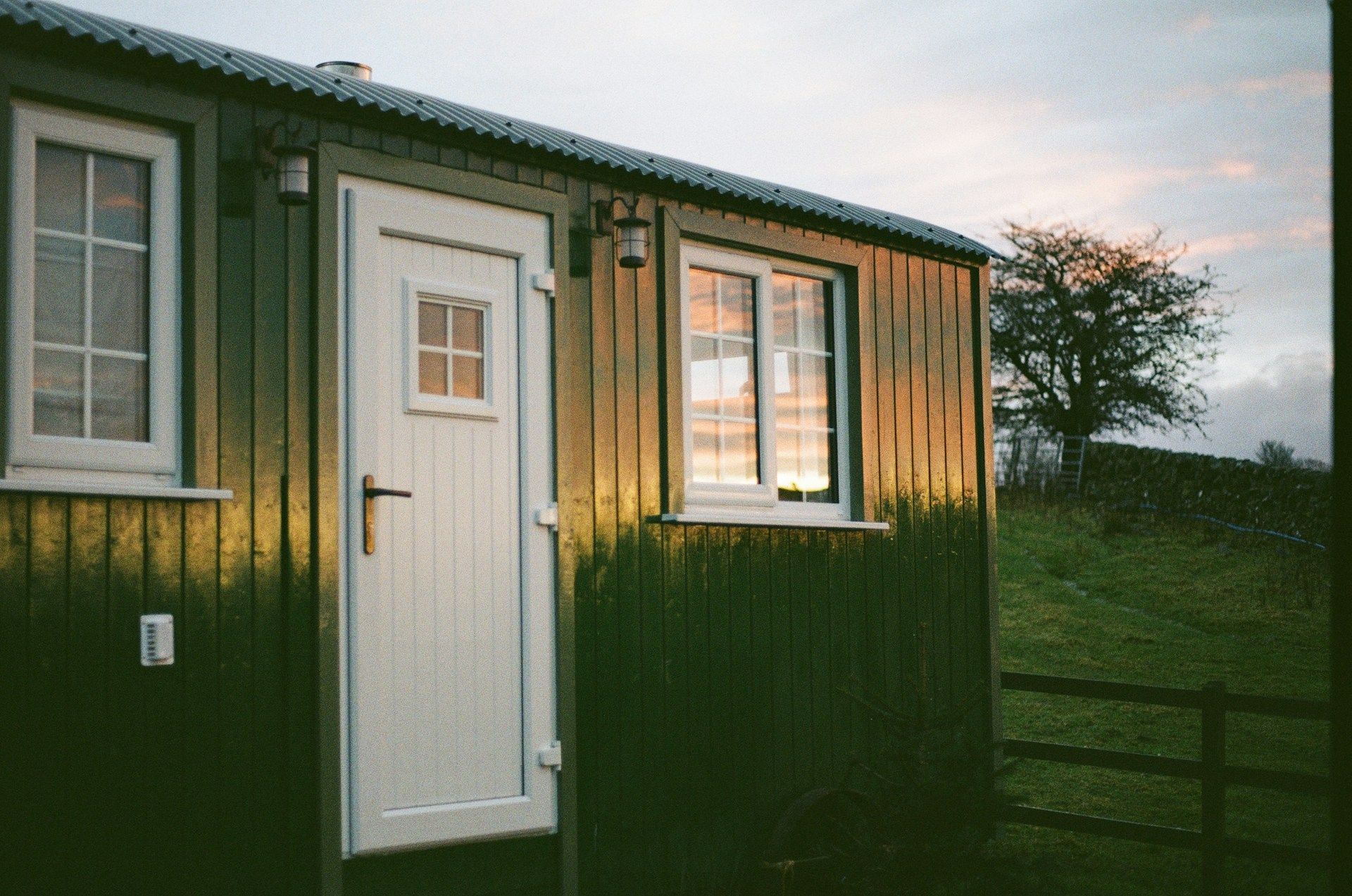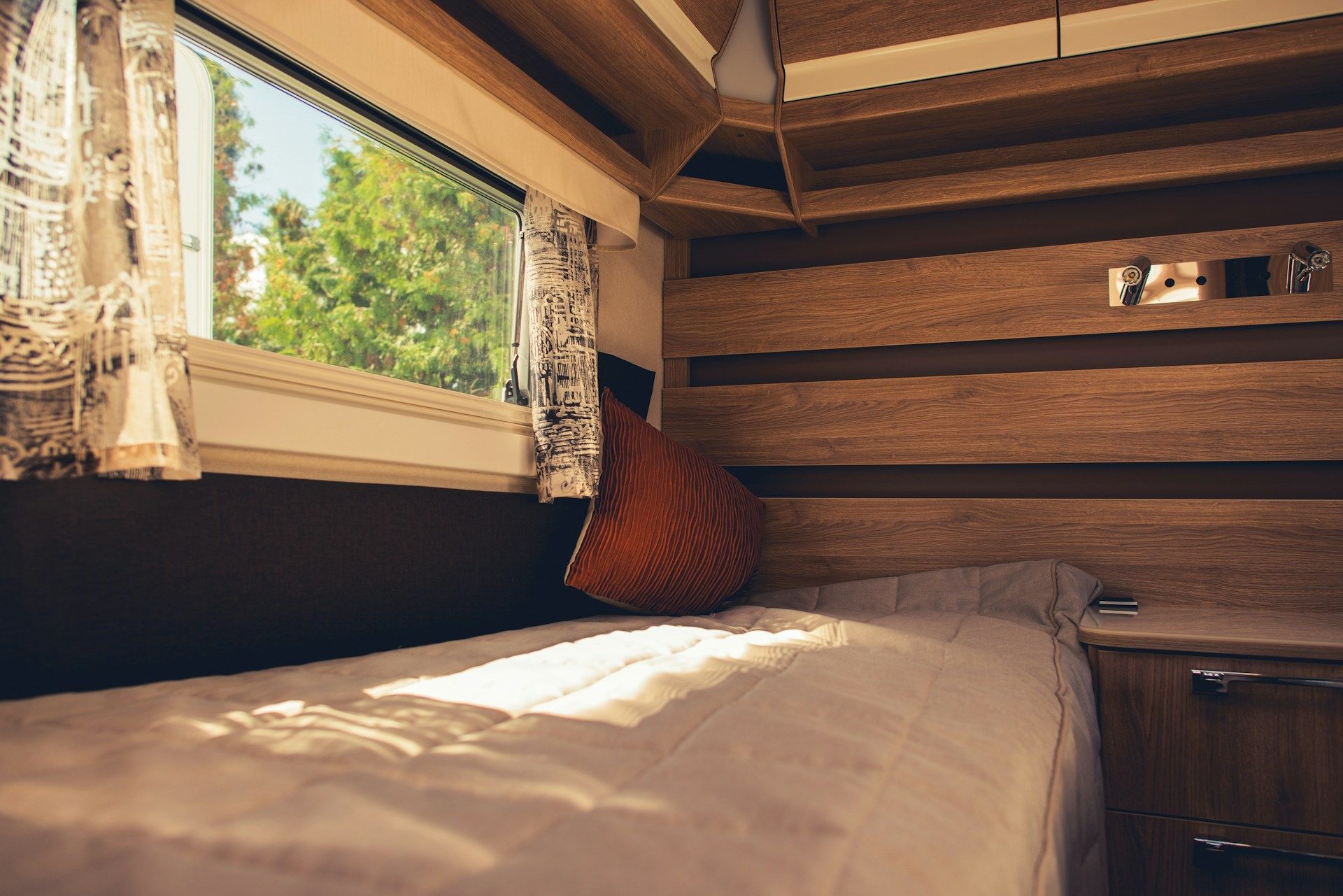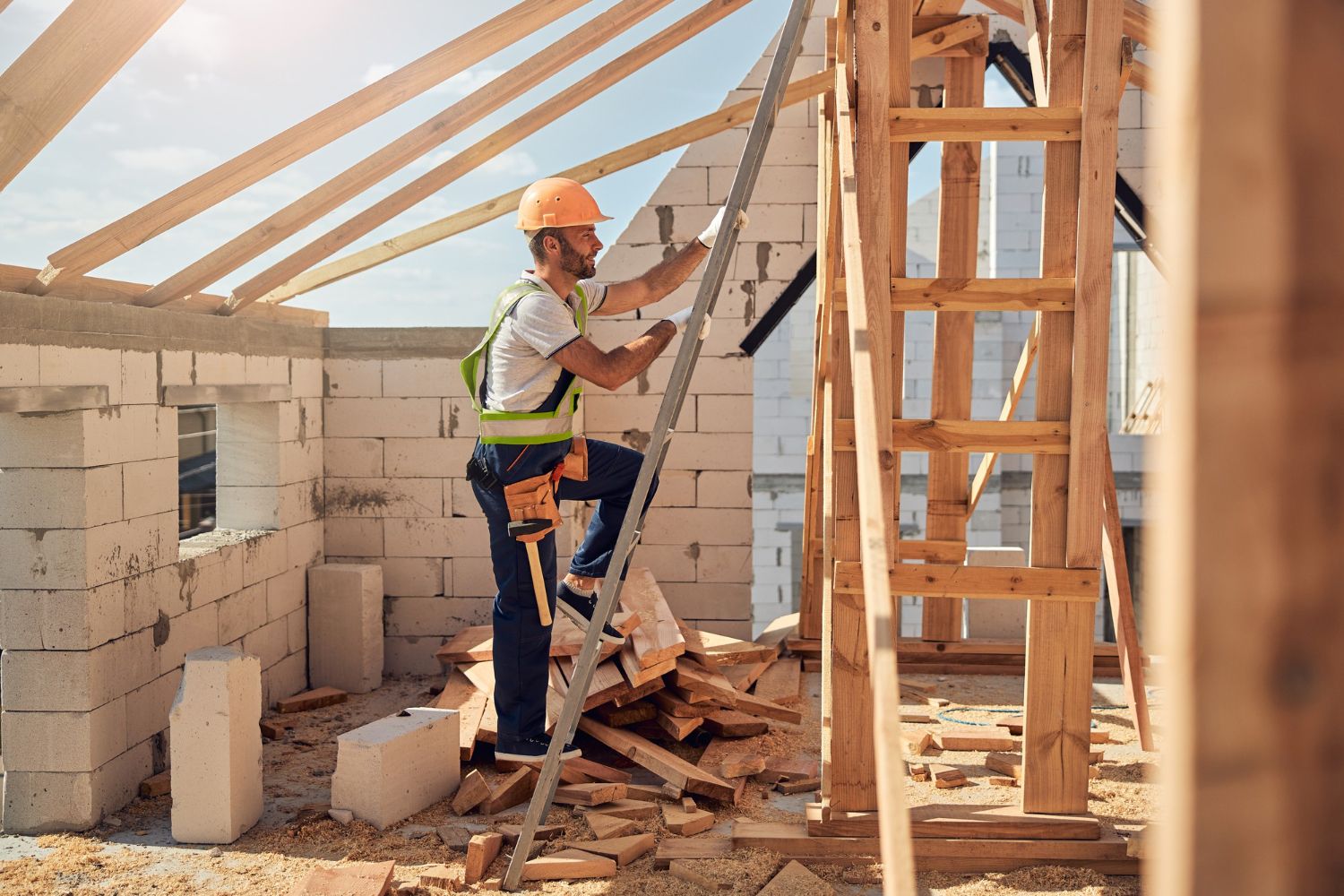Community Features to Look for in Mobile Home Parks
Finding the right mobile home park in Albuquerque goes way beyond just picking a place to park your home. It’s about finding a community that feels comfortable, enjoyable, and fits your everyday needs. From shared amenities to location perks, the features that surround your home can make just as much of a difference as the home itself. Whether you’re setting up for the long term or looking for better quality of life, it helps to know which parts of a mobile home park to pay attention to.
The good news is Albuquerque has no shortage of mobile home parks, but not all of them offer the same experience. Some parks are quiet with fewer options, while others come packed with amenities and space to socialize. Deciding what matters most to you is the key. Let’s look at some of the main features and benefits to watch for when choosing a park that supports your lifestyle.
On-Site Amenities
The right amenities can add a lot of convenience and comfort to everyday life. Living in a mobile home doesn’t mean missing out on extras that make a place more enjoyable. On-site features can make daily routines easier and create more chances for neighbors to connect. When you’re checking out mobile home parks in Albuquerque, keep an eye out for what’s included in the community space.
Here are some common amenities that residents tend to appreciate:
- Clubhouse: A space for social events, meetings, or even a casual hangout spot
- Swimming pool: Great for cooling off during the hot New Mexico summers
- Fitness center: Helpful for staying active without leaving the community
- Playground: A safe place for kids to play close to home
- Community gardens: For those who enjoy fresh produce or simply love to garden
Even a single amenity like a clubhouse can change the vibe of a place. For example, a weekly coffee group at the community center might bring together neighbors who wouldn’t normally cross paths. These small details have a bigger impact on quality of life than people think. Think about which features might make your days easier or more fun. It’s worth asking what’s open year-round, especially as cooler months settle in toward late November.
Safety And Security
Safety is a big part of feeling comfortable where you live. While Albuquerque is a welcoming city, that doesn’t mean you should ignore the basics when it comes to security. Every community approaches it differently, but some things are just too important to skip.
Look for features like:
- Gated entrances or private driveways to limit who comes in
- On-site managers or security patrols who help keep watch
- Working streetlights and lighting around shared areas
- Clearly marked neighborhood rules or quiet hours
Feeling safe makes a difference, whether it’s walking your dog in the evening or simply sleeping a little better at night. Ask about past issues or current security efforts. Knowing that steps have been taken to keep the park safe adds extra peace of mind.
It’s also worth looking at how well the grounds are maintained. Clean, well-lit areas tend to attract respectful neighbors. Parks that care about those details usually care about the people living in them, too. Keep these things in mind as you visit different locations and talk to staff onsite. While safety features may not always stand out on flyers, they matter more than most other perks taken alone.
Community Activities
A strong sense of community makes a mobile home park feel like more than just a place to live. Parks that support social interaction help residents feel more connected and more likely to engage with their neighbors. These activities don’t have to be big events to make an impact. Small gatherings and shared moments can build real friendships over time.
When checking out mobile home parks in Albuquerque, ask if they offer scheduled meetups or community-led programs. Some parks will have a calendar of regular events, such as:
- Potluck dinners or BBQs
- Holiday parties and seasonal events
- Book clubs or game nights
- Fitness classes like yoga or walking groups
- Community yard sales or craft fairs
Even something simple like a Saturday coffee meet-up makes it easier for people to get to know each other. These events bring life to the neighborhood and give everyone a chance to feel like they belong. Residents who join in on community activities tend to feel more secure and supported in their environment, too. The more opportunities there are to connect, the more likely it is that the neighborhood will feel like home.
Pet-Friendly Policies To Watch For
For many people, pets are part of the family, so it’s important to find a park that makes room for them too. Not every mobile home park in Albuquerque has the same rules when it comes to animals, so if you have a dog or cat, it’s worth asking these questions early on.
Good pet-friendly features to look for:
- On-site dog parks or fenced areas
- Pet cleanup stations throughout the park
- Clear rules on number, breed, or size limits
- Local trails or walkways nearby for daily exercise
Some parks may limit pets to indoor cats. Others may allow multiple dogs as long as they’re well-behaved. A quick walk around the property will usually show whether the park is open to four-legged residents. For example, if you spot a shaded dog run or see bags stocked at cleanup stations, that’s a good sign they’ve planned for pet needs.
Living in a space where your pet is welcome makes things easier all around. You won’t have to worry about noisy complaints or unclear restrictions. Most pet owners want to know their furry friends are free to enjoy the space just like they do.
Location And Accessibility Within Albuquerque
Even if a mobile home park has all the right features, the location still plays a key role in daily life. Albuquerque’s neighborhoods vary in style and pace, so where the park is located can affect everything from your commute to how easily you can run errands.
Pay attention to these key things when looking at a location:
- Is there public transportation nearby or within walking distance?
- Are groceries, pharmacies, or doctor’s offices close by?
- What’s the drive like to work or school each day?
- Does the area feel walkable or safe to bike in?
- Are parks and recreation areas easy to reach?
Being near places you visit often will make every week smoother. For instance, a park located just minutes from a shopping center might save a weekly drive across town. During the cooler months around November, easy access to public spaces like trails or cafes can still support an active lifestyle without too much effort. Albuquerque’s mild winters let folks stay out and enjoy the area longer, so walkability and nearby amenities really matter here.
Choosing the Mobile Home Park That Fits You
Each mobile home park in Albuquerque has its own personality. The right choice depends on what you want your everyday life to look like. Some people value privacy and low traffic. Others want a community full of social events and dog lovers. By focusing on features like safety, activities, and neighborhood layout, you’re more likely to end up somewhere you’ll be happy long-term.
Walk through a few parks. Ask questions. Picture yourself there. Small details make a big difference when you’re deciding where to live. Whether it’s a friendly walking group, a quiet dog park, or easy access to nearby stores, those extras help turn a mobile home into a true home base.
Taking time to compare community features helps you avoid surprises and sets you up for better living down the line. A little planning now can give you peace of mind and a stronger connection to where you live. When you find that right mix of comfort, safety, and access, you’ll know you’ve landed in the right place.
Ready to find a better fit for your lifestyle? Discover the charm of double-wide mobile homes in Albuquerque with NM Country Manufactured Homes. Our spacious models offer the perfect blend of comfort, convenience, and modern living. Let us help you make your next move easy and stress-free.









